The blockchain landscape is evolving at a remarkable pace, paving the way for a future where decentralized technologies play a central role in various sectors. At the heart of this revolution are blockchain nodes, the unsung heroes maintaining the integrity and functionality of these groundbreaking networks. Designed for blockchain developers and enthusiasts, this post aims to demystify the concept of a node in the blockchain ecosystem, exploring its roles, types, and the challenges it faces.
Blockchain Technology
Blockchain technology is a decentralized ledger of all transactions across a network, which means that no single entity has control over the entire system. This technology enables the existence of cryptocurrency, among other applications such as smart contracts, supply chain management, and secure voting systems. By allowing digital information to be distributed but not copied, blockchain technology has created the backbone of a new type of internet that values security, transparency, and decentralization. This ensures that data integrity is maintained and reduces the risk of fraud and tampering, providing a more trustworthy environment for digital interactions. The potential uses of blockchain extend beyond just financial transactions, offering innovative solutions across various industries and paving the way for a more secure digital future.
Defining a Node in Blockchain Context
In the simplest terms, a node is any computer that connects to the blockchain network. But what makes a node critical to the blockchain’s functionality and integrity? This section breaks down the concept, offering clarity on its pivotal role.
Types of Nodes in Blockchain
Nodes on a blockchain network can be classified into three categories: full nodes, light nodes, and super nodes. Full nodes are the backbone of the network, verifying transactions and ensuring that the rules of the protocol are followed. Light nodes, also known as thin clients or SPV (Simple Payment Verification) clients, only keep track of their own transactions and rely on full nodes for the rest of the network’s data. Nodes play a crucial role in maintaining the integrity and security of a blockchain network. Some key responsibilities include:
- Verifying transactions: Nodes verify and
- Full Nodes: These nodes maintain a complete copy of the blockchain ledger, fully validating transactions and blocks.
- Light Nodes: Light nodes hold only essential information to verify transactions, relying on full nodes for additional data.
- Mining Nodes: Specifically, these nodes contribute to the creation of new blocks through the process of mining, competing to solve complex mathematical problems.
The Role of Nodes in the Blockchain
Nodes are the linchpins of the blockchain network, ensuring accuracy, consistency, and the secure verification of transactions. They collectively uphold the decentralized ethos of blockchain, making it resistant to fraud and censorship.
How Nodes Operate Within the Blockchain Network
The interactions between nodes are essential in maintaining the blockchain network’s functionality. Each node maintains a copy of the full blockchain, which is updated through a process called ‘consensus.’ Consensus is a mechanism that ensures all nodes on the network have an identical copy of the ledger, preventing any single entity from altering or controlling the data. When a new transaction occurs, it is broadcasted to all the nodes on the network, and each node then verifies it based on predetermined rules.
Verification of Transactions
Nodes meticulously check the validity of transactions before they are added to the blockchain, serving as gatekeepers that prevent fraud. Each node checks the transaction against specific rules and conditions set by the network’s protocol. Once verified, the transaction is added to a block before being added to the blockchain.
Creation of New Blocks
Mining nodes play a crucial role in adding new blocks to the blockchain, a process that involves confirming transactions and solving cryptographic puzzles. Once the mining process is complete, a new block is added to the blockchain, and all nodes update their copies of the ledger.
The Importance of Nodes in Blockchain Security
Nodes are essential to the security of a blockchain network, ensuring that all transactions are legitimate and preventing malicious actors from altering or manipulating the data. The distributed nature of nodes makes it extremely difficult for any single entity to tamper with the blockchain’s integrity, as it would require controlling a majority of nodes on the network.
Decentralization and Trust
Nodes are distributed across the globe, eliminating single points of failure and ensuring the network remains robust against attacks. This decentralized nature also helps build trust as there is no central authority controlling the data, making it more difficult for bad actors to manipulate or censor transactions.
Preventing Double Spending
Nodes help prevent double spending by confirming that each digital token is spent only once, maintaining the ledger’s integrity. If a malicious actor attempts to double spend, nodes will reject the transaction as invalid, preventing fraudulent activities.
Challenges Facing Nodes in Blockchain
While nodes play a critical role in upholding the security and functionality of blockchain networks, they also face some challenges. Some of these include:
Scalability
As blockchain networks grow, the volume of transactions can strain nodes, posing significant scalability challenges.
Energy Consumption
Particularly for networks that utilize proof-of-work (PoW), the energy consumption of nodes involved in mining can be substantial, raising environmental concerns.
Conclusion
Nodes are the backbone of blockchain technology, facilitating the trust, integrity, and functionality of decentralized networks. They are responsible for validating transactions, maintaining the ledger, and ensuring the network’s security. Without nodes, the blockchain would not be able to operate effectively. Understanding the critical role of nodes is essential for developers and participants in the blockchain ecosystem as they continue to innovate and drive adoption. As blockchain technology evolves, the importance of nodes will only grow, making it crucial for those involved to stay informed about their functions and advancements in this area.
FAQ Section
- What exactly is a node in the context of blockchain technology?
A node is a computer connected to the blockchain network, playing a vital role in processing and verifying transactions.
- How do nodes verify transactions within a blockchain network?
Nodes verify transactions by ensuring they comply with the network’s rules, checking for validity before adding them to the blockchain.
- What are the differences between full nodes and light nodes?
Full nodes hold a complete copy of the blockchain ledger, while light nodes store only crucial information, relying on full nodes for more detailed data.
- Why are nodes essential for the security and integrity of a blockchain?
Nodes maintain the decentralized and tamper-resistant nature of the blockchain by collectively verifying and storing transaction data.
- Can anyone run a blockchain node, and what are the requirements?
Essentially, anyone can run a node, but the requirements vary by the type of node and the specific blockchain network, often involving hardware and software specifications.
- How do nodes contribute to the decentralization of a blockchain network?

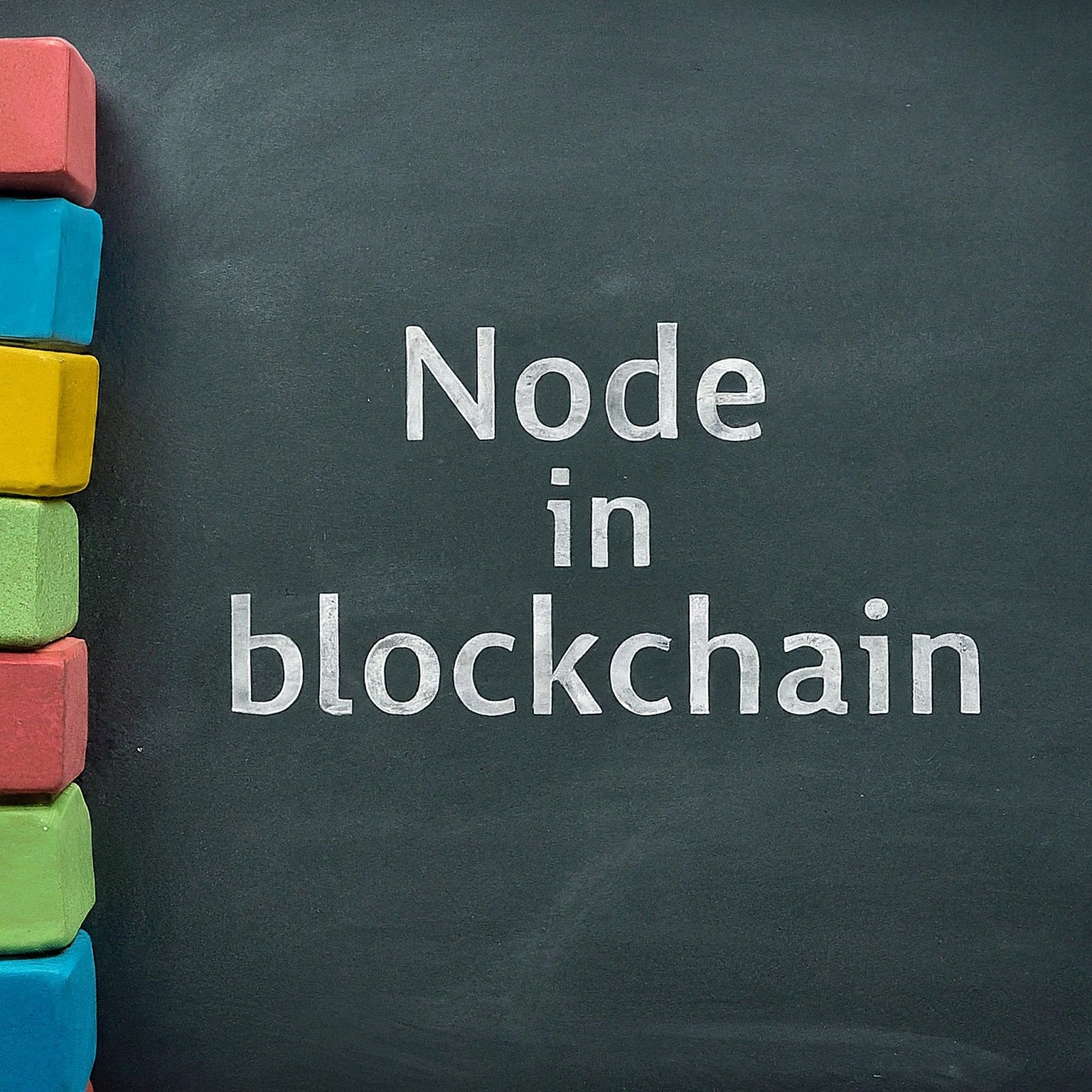

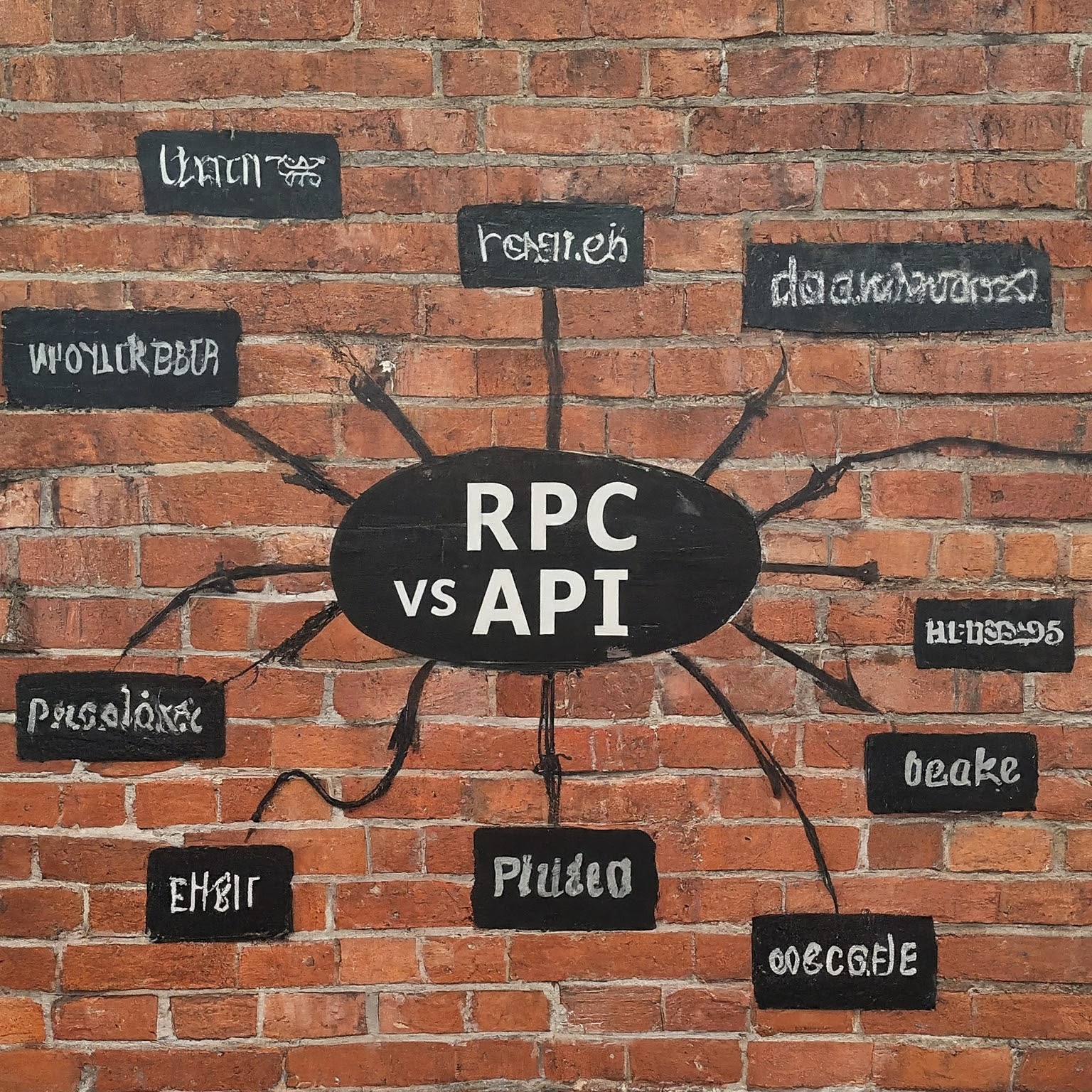
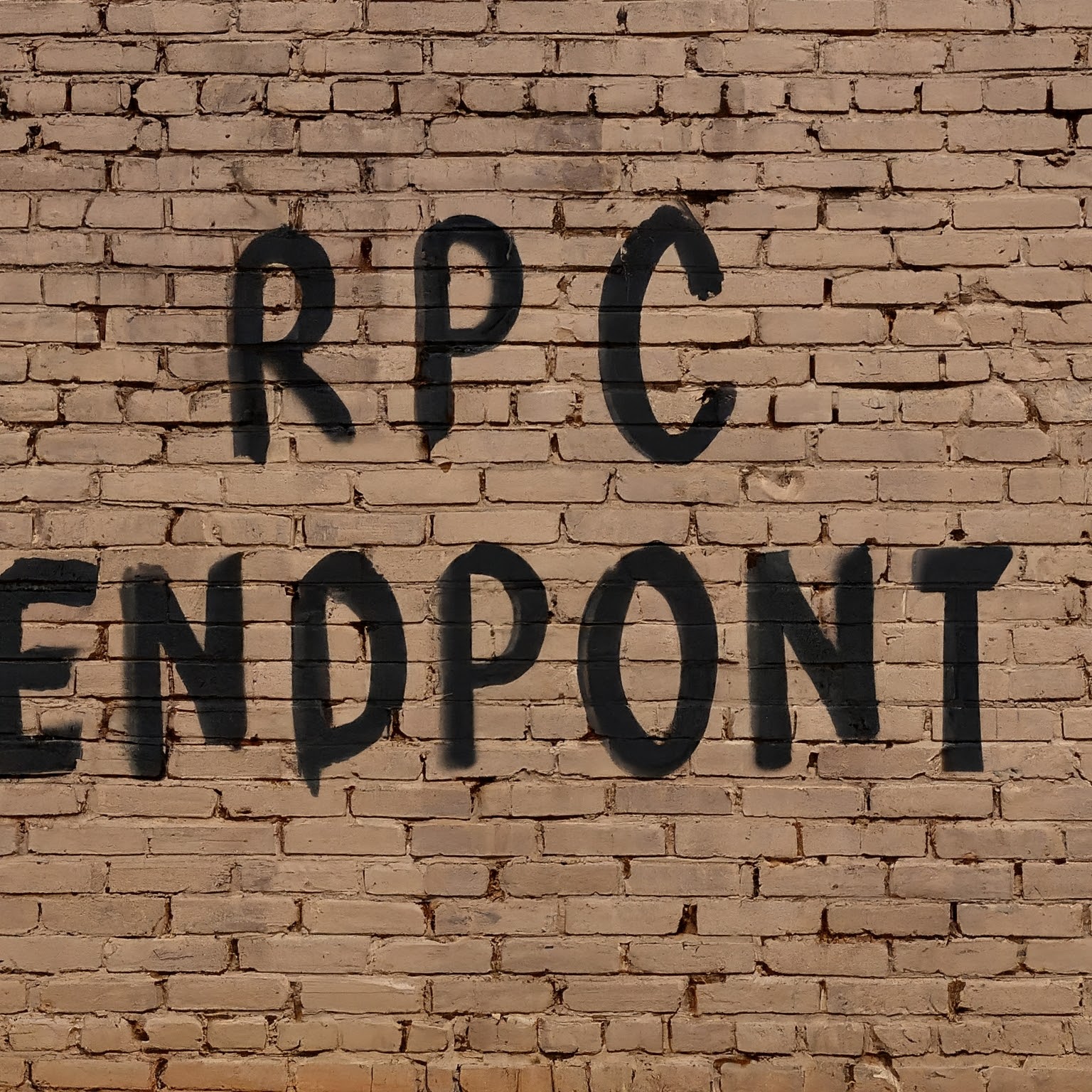

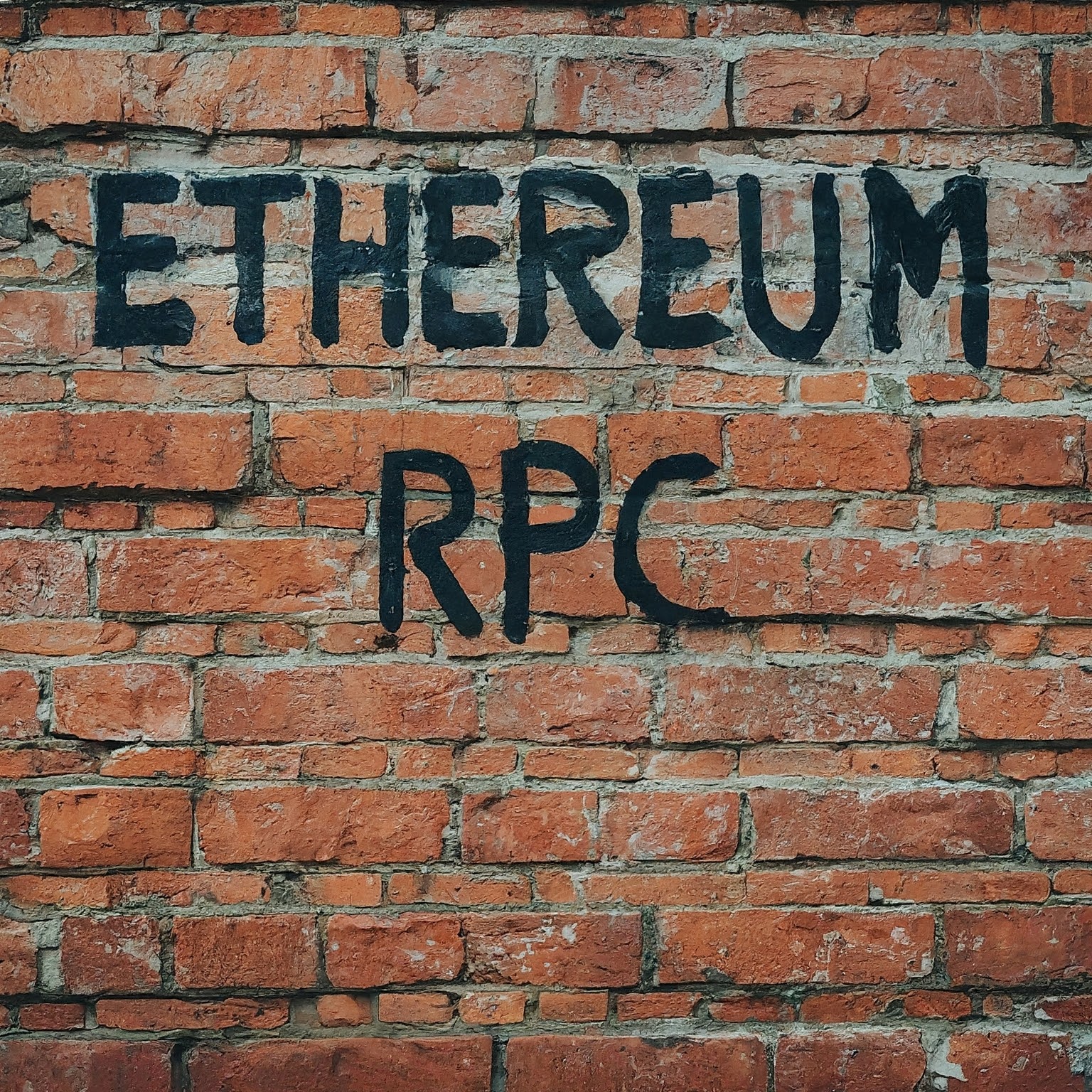
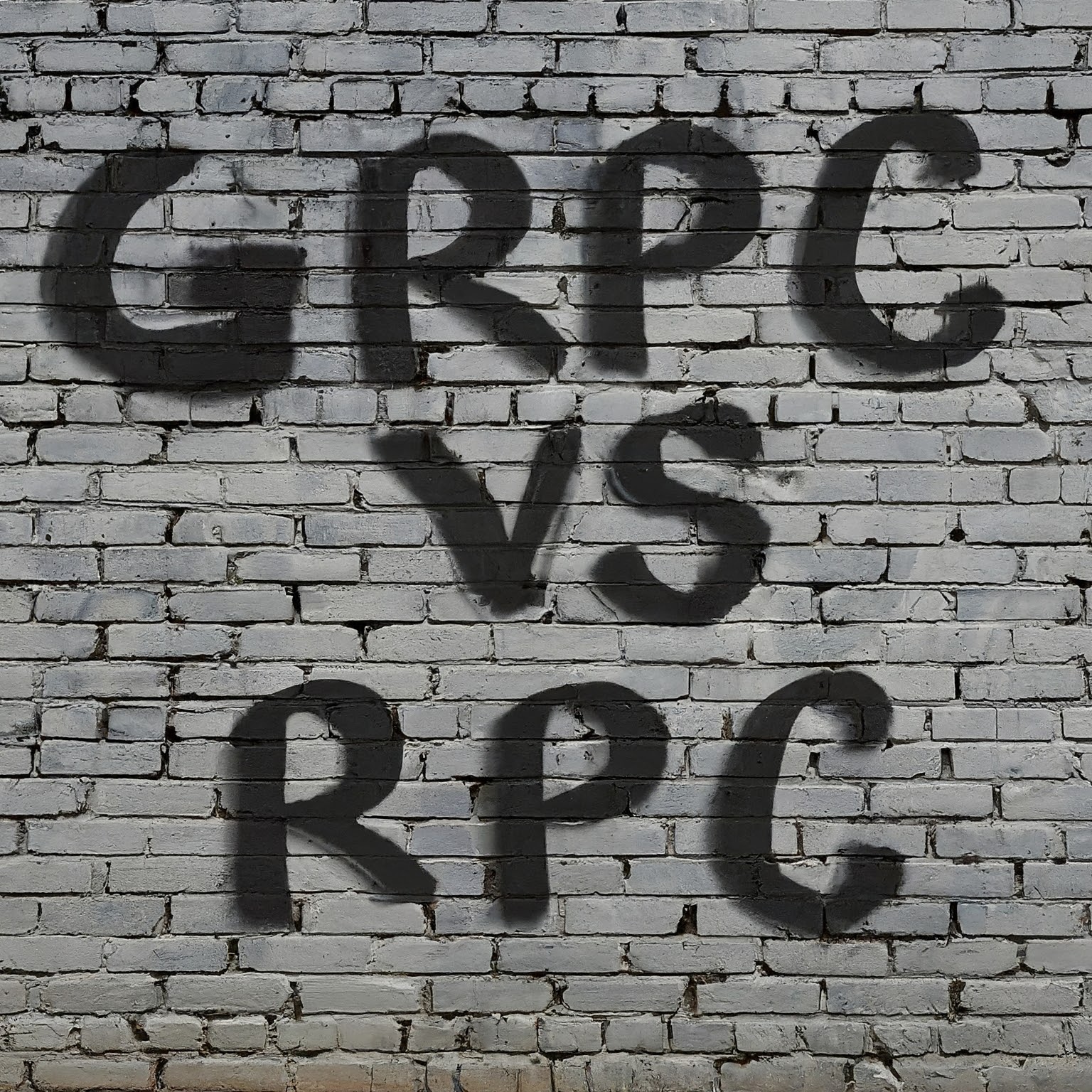
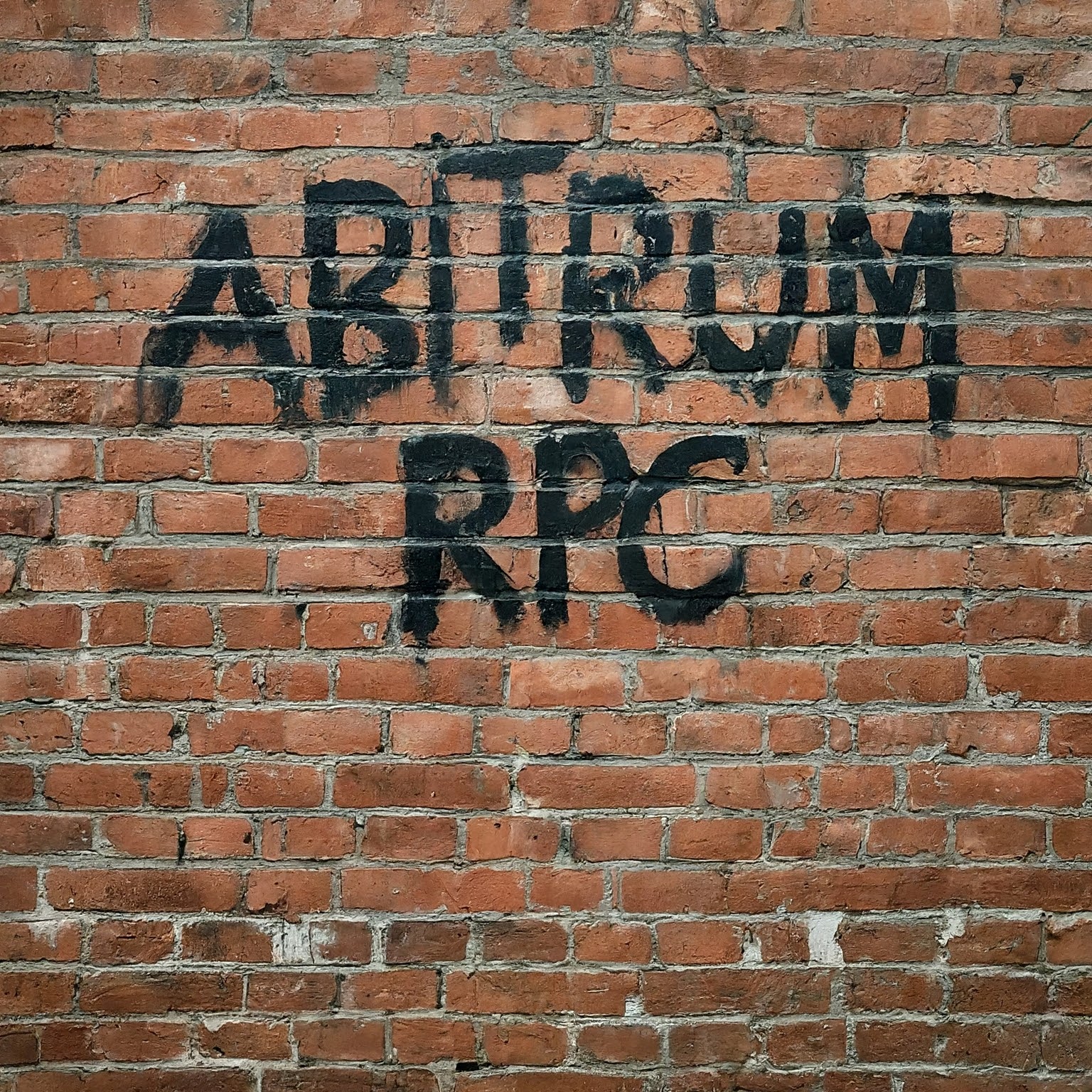

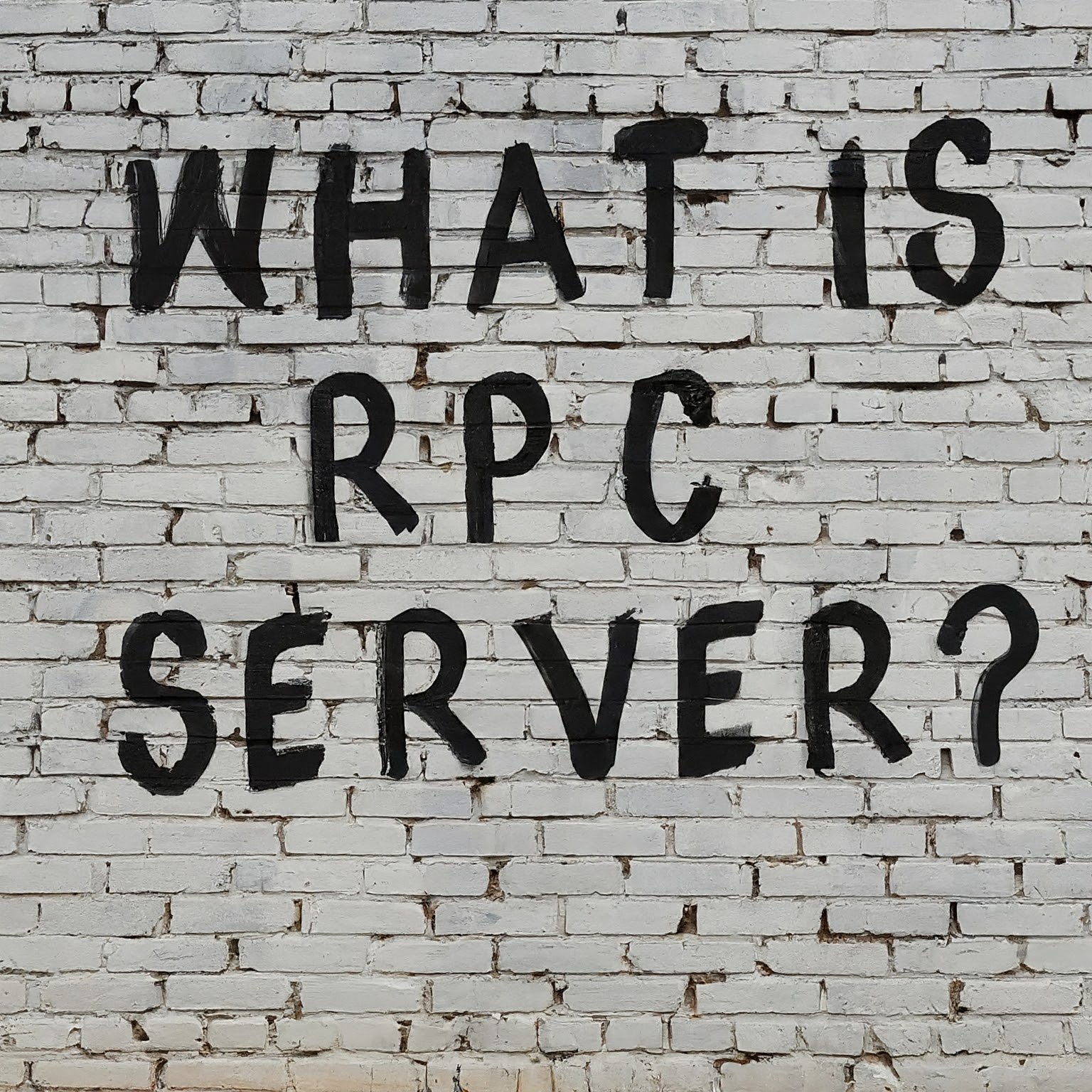

Leave a Reply
You must be logged in to post a comment.